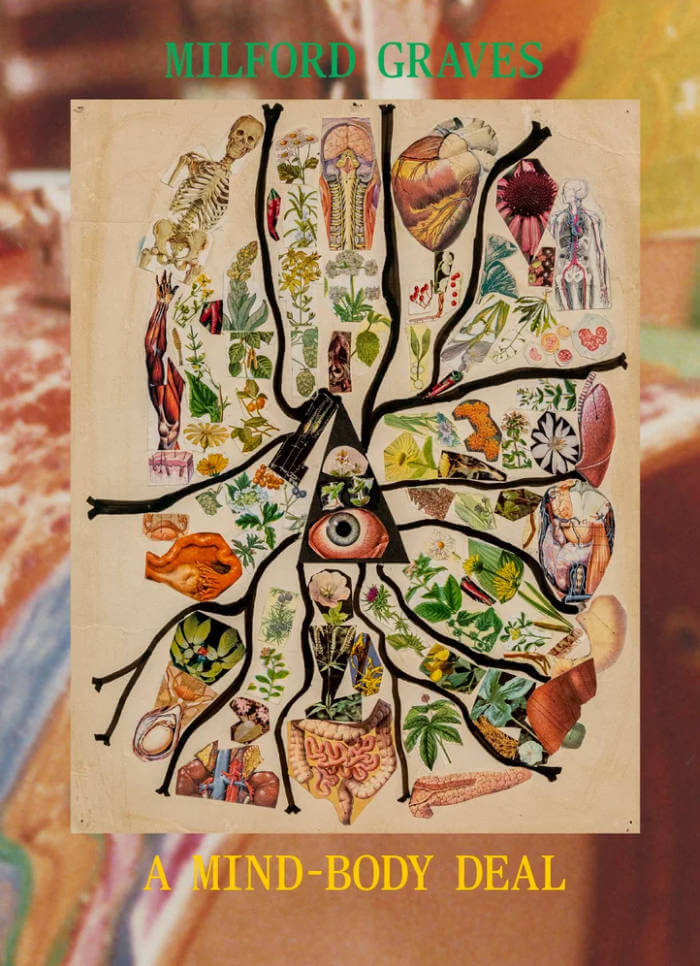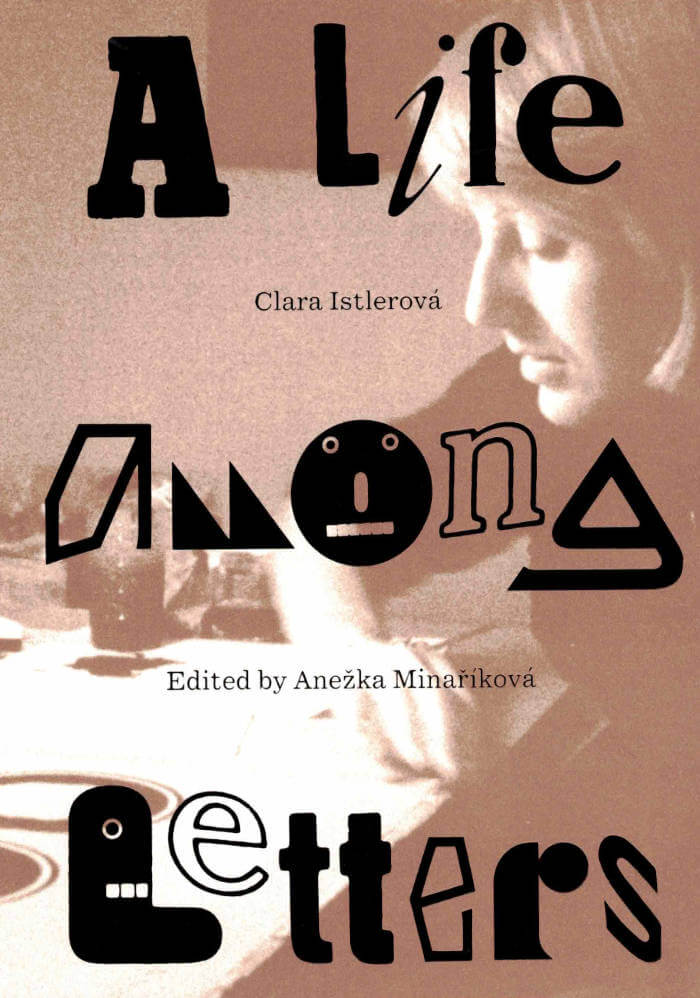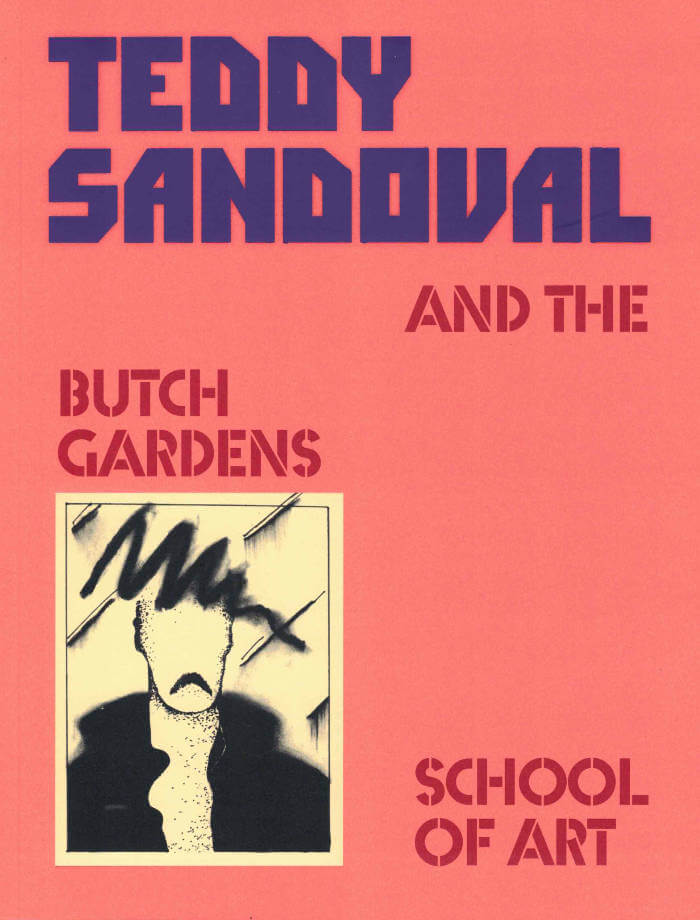
Milford Graves: A Mind-Body Deal
The first-ever overview on the multimedia art of free-jazz pioneer and creative polymath Milford Graves
Milford Graves (born 1941) has been a revelatory force in music since the mid-1960s, liberating the drummer from the role of "timekeeper" to instrumental improviser and giving rise to the free-jazz movement, with groundbreaking performances alongside Lou Reed, Min Tanaka and John Zorn.
But music cannot contain the energies of his creativity and intellect. Graves' kaleidoscopic genius led him to develop an unprecedented body of interests—from medicine to botany, stem-cell regeneration to martial arts.
A Mind-Body Deal gathers the multifaceted work of Milford Graves, exploring the practices and predilections of this extraordinary mind. Fully illustrated, this catalog includes documentation from the eponymous show at ICA Philadelphia, exhibiting a collection of Graves' hand-painted album covers and posters, idiosyncratic drum sets, recording ephemera, multimedia sculptures, photographs and costumes, with elements from his scientific studies.







